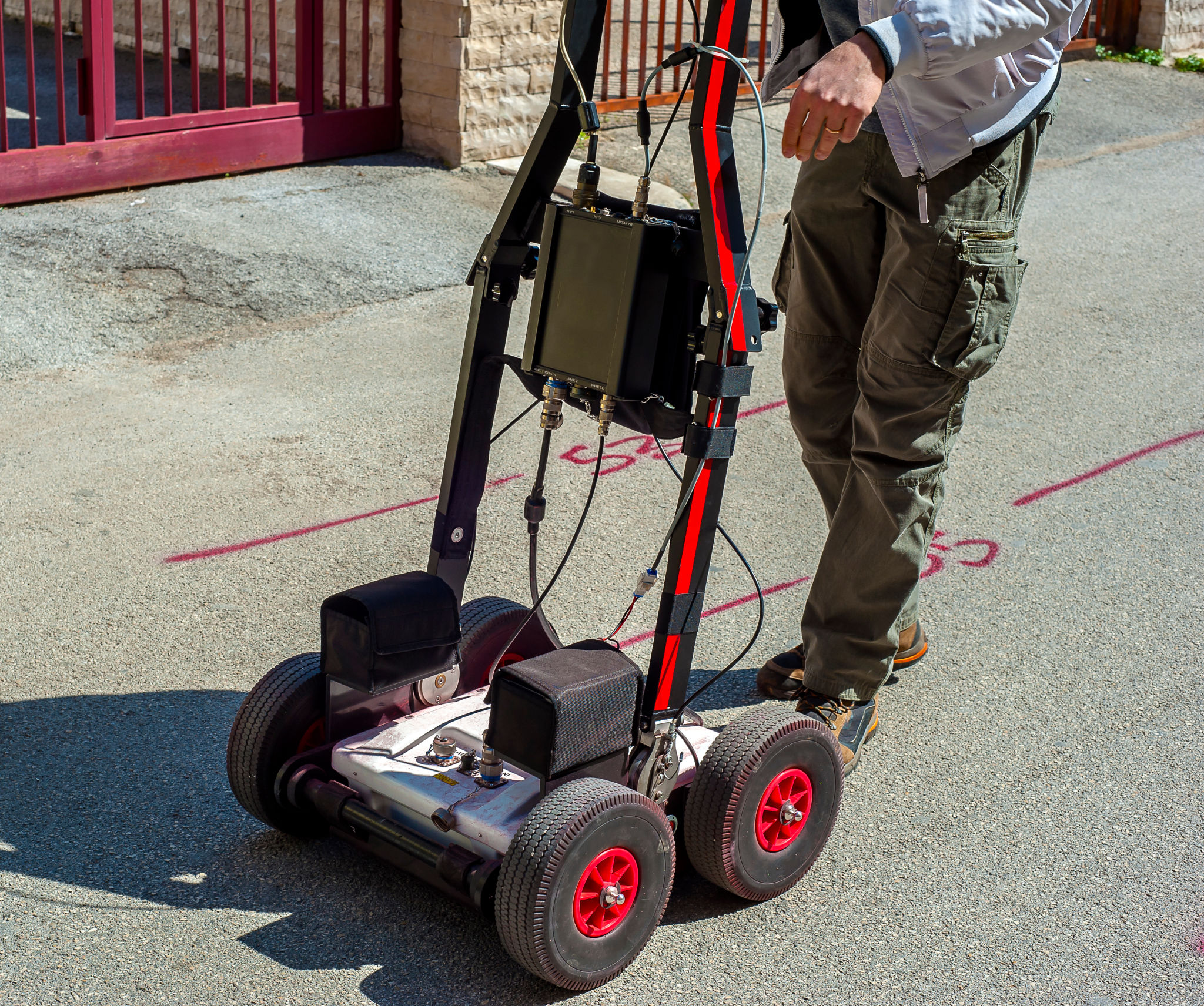Frequently Asked Questions About Concrete Scanning
What is Concrete Scanning?
Concrete scanning is a non-invasive method used to inspect concrete structures. It involves using technology like ground-penetrating radar (GPR) to locate embedded objects within concrete, such as rebar, post-tension cables, and electrical conduits. This process is essential for construction, renovation, and maintenance projects to ensure safety and avoid costly damages.

Why is Concrete Scanning Necessary?
Concrete scanning is crucial for identifying potential hazards before drilling, cutting, or coring concrete structures. By detecting embedded objects, project managers can prevent damage to structural elements and utilities, ensuring safety and compliance with building codes. This proactive approach helps in minimizing project delays and unexpected expenses.
How Does Concrete Scanning Work?
The most common method for concrete scanning is using ground-penetrating radar. GPR sends electromagnetic waves into the concrete, and when these waves encounter different materials, they bounce back to the surface. The data is then analyzed to create a detailed image of the subsurface, highlighting the location and depth of embedded objects.

Can Concrete Scanning Detect All Types of Materials?
While GPR is effective for locating metallic objects such as rebar and cables, it may have limitations with non-metallic materials. However, advancements in technology have improved detection capabilities for various materials. For comprehensive results, using multiple scanning methods in conjunction can enhance accuracy.
What Are the Benefits of Concrete Scanning?
Concrete scanning offers several benefits, including:
- Enhanced Safety: Prevents accidents by identifying embedded hazards.
- Cost-Efficiency: Reduces the risk of damaging structural elements and utilities.
- Time-Saving: Identifies potential issues before they cause project delays.
- Accurate Planning: Provides detailed information necessary for informed decision-making.

When Should You Consider Concrete Scanning?
Concrete scanning should be considered during any project that involves drilling, cutting, or coring into concrete structures. This includes construction of new buildings, renovations, and maintenance activities. Early scanning in the planning phase can prevent costly mistakes and ensure project efficiency.
What Should You Expect During a Concrete Scanning Process?
The concrete scanning process is typically quick and non-disruptive. Technicians will use portable scanning equipment to survey the area, and results are often provided on-site. Depending on the complexity, the scan may take from a few minutes to several hours. It's advisable to work with experienced professionals who can interpret the data accurately.

Are There Any Limitations to Concrete Scanning?
While concrete scanning is highly beneficial, it does have limitations. Factors such as the density of the concrete, the presence of moisture, and the depth of the embedded objects can affect the accuracy of the scan. However, skilled technicians can often mitigate these issues by adjusting the scanning parameters and using complementary methods.
In conclusion, concrete scanning is an essential part of modern construction practices. By understanding the process and its benefits, you can make informed decisions that enhance the safety and efficiency of your projects.
